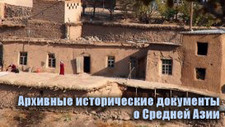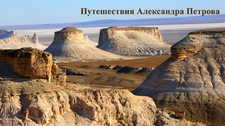You are here
Kapash Mosque on Mangistau.
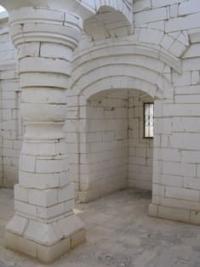
Expedition of Society for Protection of Monuments to study Central and South-Eastern Ustyurt.
“Who are you, where did you come from and where are you going? Why were you created in this world and what is your happiness?” - “Know that man was created not for play and fun, but for great cares. His purpose is great, and the path (khatar) is dangerous. Although he himself is not eternal and his body turns to dust, his soul is sublime and eternal… Know that the body is the abode of the soul. The soul is created for the Day of Judgment, the purpose of which is to determine the fate of the soul. The bliss of the soul consists in knowing Allah. And the comprehension of the Almighty is realized through the art of knowledge…”
Treatise of Imam Abu Hamid Muhammad ibn Muhammad Ghazali “Kimoi saodat” (“Elixir of Happiness”).
Trip to Kapash Mosque in Mangistau.
Kapash Mosque (Kazakh: Kapash meshіti) is located at an altitude of 131 meters above sea level, in central part of Northern Karatau Mountains, south of Zhengeldy valley, 322 meters northwest of Aktau - Beineu railway, 19.3 kilometers northeast of village of Shetpe, 14.4 kilometers northwest of village of Zharmysh, in Mangistau district of region of same name.
The building of the Kapash Mosque consists of 3 rooms, enfilade type, in plan it is a rectangle slightly elongated from north to south, measuring 16.35 × 7.30 meters with a small protrusion of the mihrab. The building is made of limestone-sandstone blocks, the front surface is polished.
The ceiling of the mosque was destroyed, the remains of the traces of supporting arches indicated that the two-span building of the mosque was covered with a system of domes. The main division of the facades is made by a clear rhythm of rectangular openings with unique flat perspective systems of arched niches at the top, complex profiling of the base with an inclined undercut and a multi-profile cornice.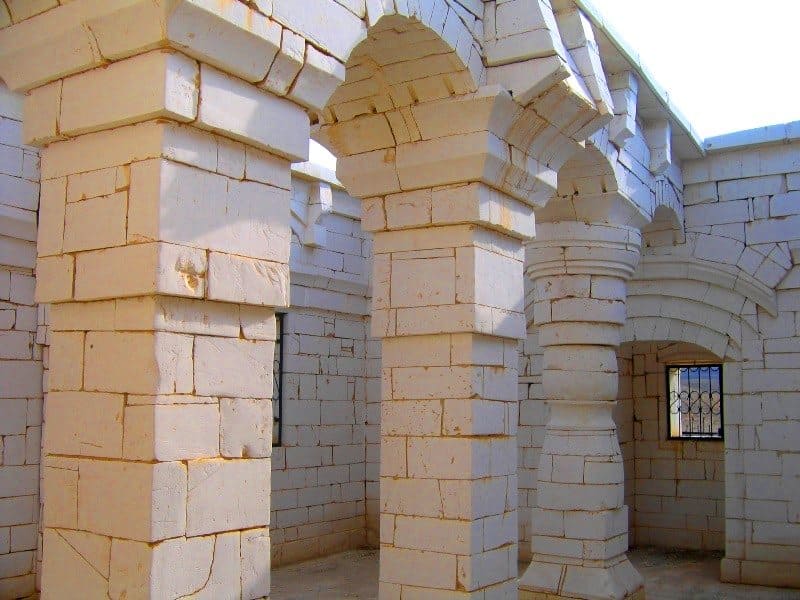
The entrance to the building from the end northern facade is decorated with a low arched portal with a relief ornamental top. The deep mihrab niche, unlike other Central Asian analogues with a blank wall, has a rectangular light opening. Around the mihrab, the space is highlighted by a multi-tiered decorative development of the adjoining column.
History of construction of Kapash mosque.
The mosque was built in 1928 on a small terrace in the Tas-Kesken area in the Zhyngyldysaytpe valley. The construction of the mosque was started by the folk craftsman Kelei Zhemenei Koynak-uly Kapash at the request of relatives and fellow villagers for the education of children.
The mosque was intended for teaching children to read and write, and it would be more accurate to call it a mosque with madrasah functions. For a number of reasons, the construction was not completed. The mosque is a rectangular structure in plan, drawn in by a long axis from east to west. In the interior, the plan of the structure is divided into 3 rooms.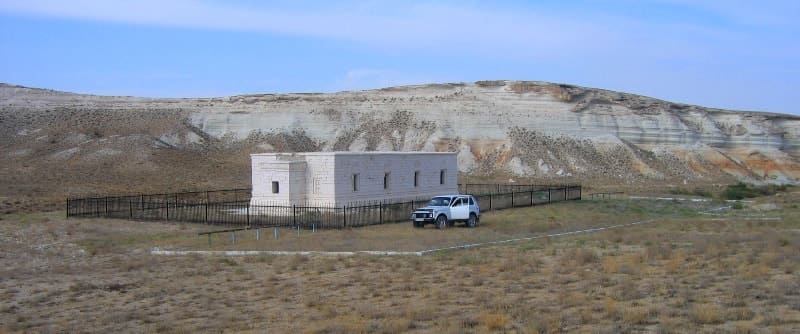
The first room from the entrance is small in size and has 2 rectangular columns and is connected to the next arched opening. In the other two rooms, the columns are located along its longitudinal axis. In the middle hall there is one rectangular column, connected to the main hall by three arched openings.
In terms of space development, it goes from the entrance to the central "classroom". A small rectangular niche on the western wall was obviously the place from which the teacher taught. There is a small dome above this room, probably for lighting (skylight). In 1982, the Kapash Mosque was included in the list of historical and cultural monuments of the Kazakh SSR of republican significance and taken under state protection.
Geographic coordinates of Kapash mosque: N44°15'11 E52°20'36

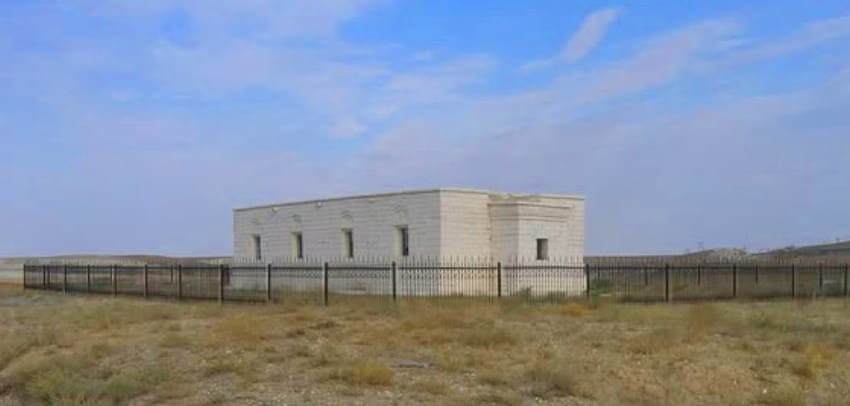

Authority and photos by:
Otynshy Koshbayuly, Murat Kalmenov. "Underground mosques of Mangystau". Underground mosques. Almaty, Orkhon Publishing House. 2009. 160 p.
Photos by:
https://www.instagram.com/mangystau_qorygy/





